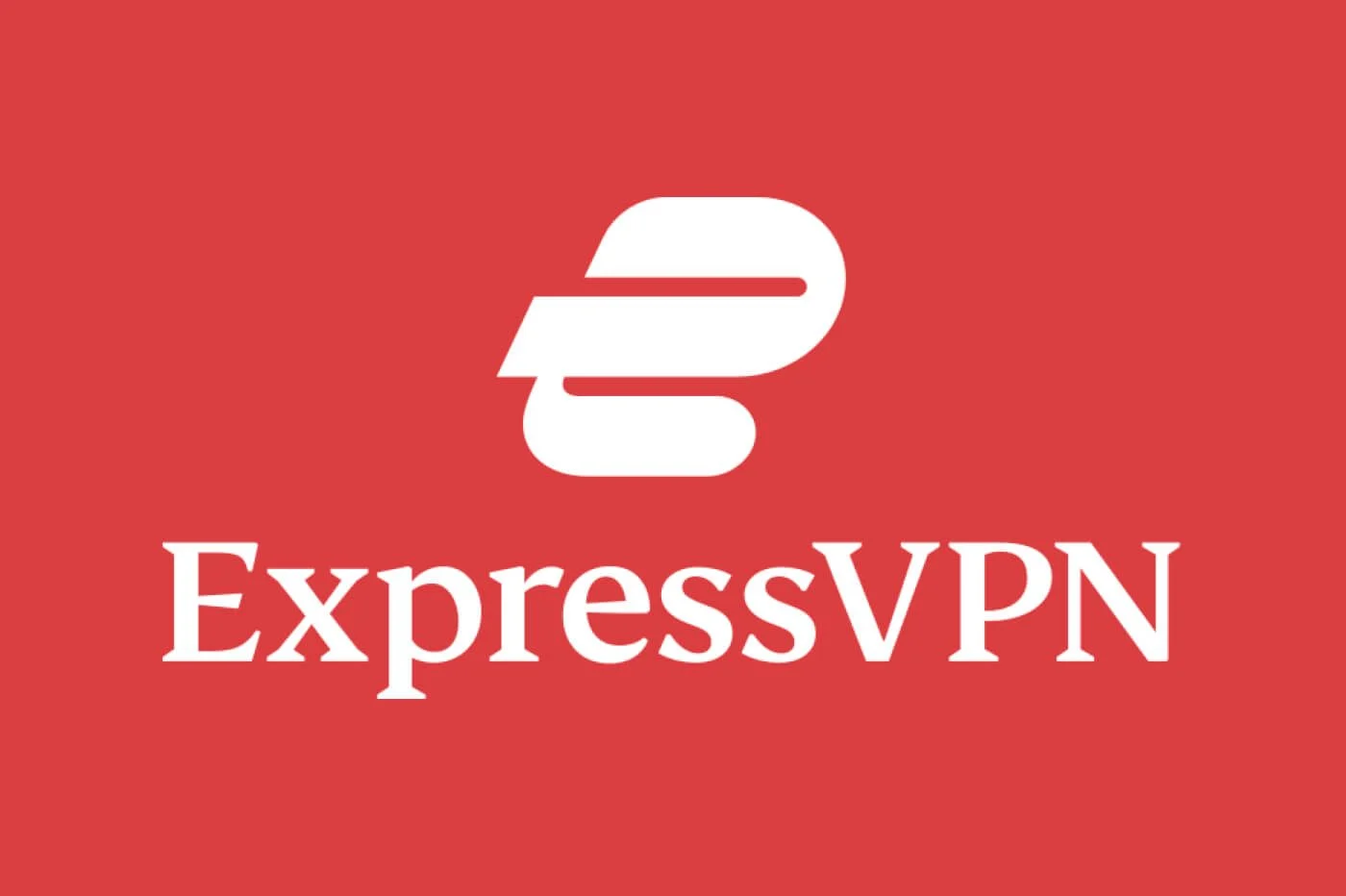First4LandlordAdvice: Breaking a Lease Agreement
Breaking a lease agreement can be a complex and challenging process for both landlords and tenants. Whether you're dealing with a commercial eviction, navigating a Section 8 eviction notice,

Breaking a lease agreement can be a complex and challenging process for both landlords and tenants. Whether you're dealing with a commercial eviction, navigating a Section 8 eviction notice, or simply ending a lease early, understanding the legal and practical steps is crucial. This guide provides detailed advice for landlords on how to handle lease terminations while staying compliant with local laws and protecting your property rights.
Understanding Lease Agreements
A lease agreement is a legally binding contract between a landlord and a tenant. It outlines the terms and conditions of the rental arrangement, including the duration of the lease, rent amount, and responsibilities of both parties. Breaking a lease before its expiration can lead to disputes, financial losses, and legal complications.
Types of Lease Agreements
-
Residential Leases: Typically used for renting homes or apartments.
-
Commercial Leases: Used for business properties, such as offices or retail spaces.
-
Section 8 Leases: Governed by the U.S. Department of Housing and Urban Development (HUD), these leases involve subsidized housing for low-income tenants.
Reasons for Breaking a Lease Agreement
There are several reasons why a landlord might need to break a lease agreement:
-
Non-Payment of Rent: A tenant fails to pay rent on time or at all.
-
Property Damage: The tenant causes significant damage to the property.
-
Illegal Activities: The tenant engages in illegal activities on the premises.
-
Lease Violations: The tenant breaches terms of the lease, such as subletting without permission.
-
Selling the Property: The landlord decides to sell the property and needs to terminate the lease.
-
Personal Use: The landlord intends to use the property for personal or family purposes.
Steps to Legally Break a Lease Agreement
1. Review the Lease Agreement
Before taking any action, carefully review the lease agreement to understand the terms related to early termination. Look for clauses that outline the conditions under which the lease can be broken and any penalties or fees involved.
2. Communicate with the Tenant
Open communication is key. Discuss the situation with the tenant and explain why you need to break the lease. In some cases, you may be able to reach a mutual agreement, such as offering the tenant a financial incentive to move out early.
3. Provide Written Notice
Most lease agreements require landlords to provide written notice before terminating the lease. The notice period varies depending on local laws and the type of lease. For example:
-
Residential Leases: Typically require 30 to 60 days' notice.
-
Commercial Leases: May require longer notice periods, depending on the terms of the agreement.
-
Section 8 Eviction Notice: Landlords must follow specific HUD guidelines and provide a valid reason for eviction, such as non-payment of rent or lease violations.
4. File for Eviction (If Necessary)
If the tenant refuses to leave voluntarily, you may need to file for eviction. The process varies depending on the type of lease:
-
Commercial Eviction: This process is often faster than residential evictions but requires strict adherence to the lease terms and local laws.
-
Section 8 Eviction Notice: Landlords must follow HUD regulations and provide proper documentation to avoid legal disputes.
5. Document Everything
Keep detailed records of all communications, notices, and actions taken during the lease termination process. This documentation can protect you in case of legal disputes.
Special Considerations for Section 8 Evictions
Evicting a Section 8 tenant requires additional steps to comply with HUD regulations. Here’s what landlords need to know:
-
Valid Reasons for Eviction: Landlords can only evict Section 8 tenants for specific reasons, such as non-payment of rent, lease violations, or criminal activity.
-
Proper Notice: Landlords must provide a written Section 8 eviction notice and follow the notice period specified in the lease and local laws.
-
HUD Approval: In some cases, landlords may need to obtain approval from the local Public Housing Authority (PHA) before proceeding with the eviction.
Handling Commercial Evictions
Commercial evictions differ from residential evictions in several ways:
-
Faster Process: Commercial evictions are often quicker because tenants have fewer legal protections.
-
Strict Lease Terms: Landlords must adhere to the terms outlined in the commercial lease agreement.
-
Financial Implications: Breaking a commercial lease can have significant financial consequences for both parties, so it’s important to handle the situation carefully.
Avoiding Legal Pitfalls
Breaking a lease agreement can lead to legal disputes if not handled properly. Here are some tips to avoid common pitfalls:
-
Consult an Attorney: Seek legal advice to ensure you’re following all applicable laws and regulations.
-
Follow Local Laws: Each state and municipality has its own landlord-tenant laws, so make sure you’re compliant.
-
Be Fair and Reasonable: Treat tenants with respect and fairness to minimize the risk of disputes.
Financial Implications of Breaking a Lease
Breaking a lease can have financial consequences for both landlords and tenants. Landlords may lose rental income, while tenants may face penalties or legal fees. To mitigate these risks:
-
Offer Incentives: Consider offering tenants a financial incentive to leave early.
-
Re-Rent the Property: Act quickly to find a new tenant to minimize income loss.
-
Charge Fees: If allowed by the lease agreement, charge the tenant a fee for breaking the lease early.
Conclusion
Breaking a lease agreement is a serious decision that requires careful planning and adherence to legal requirements. Whether you’re dealing with a commercial eviction, serving a Section 8 eviction notice, or ending a residential lease, understanding the process is essential. By following the steps outlined in this guide, landlords can protect their property rights, avoid legal disputes, and maintain positive relationships with tenants.
For more advice and resources, visit First4LandlordAdvice – your trusted partner in landlord-tenant matters.
What's Your Reaction?




















